Winning tip: An elevator to fabulous views
After a morning’s sightseeing in the historic centre, my favourite place in Lisbon is an uplifting experience: the Santa Justa elevator links downtown Lisbon to the Chiado district up the hill. I simply love the beautiful wrought iron of this 100-year-old neo-Gothic tower, created by Raul Mesnier de Pondard, a student of Gustave Eiffel. At the top you can enjoy the fabulous 360-degree views over the Baixa, before relaxing on the terrace with a cool drink and visiting the impressive ruins of the 14th-century Carmo Convent, which was destroyed in the great All Saints’ Day earthquake of 1755.
Susanna
Virtuoso performance and design
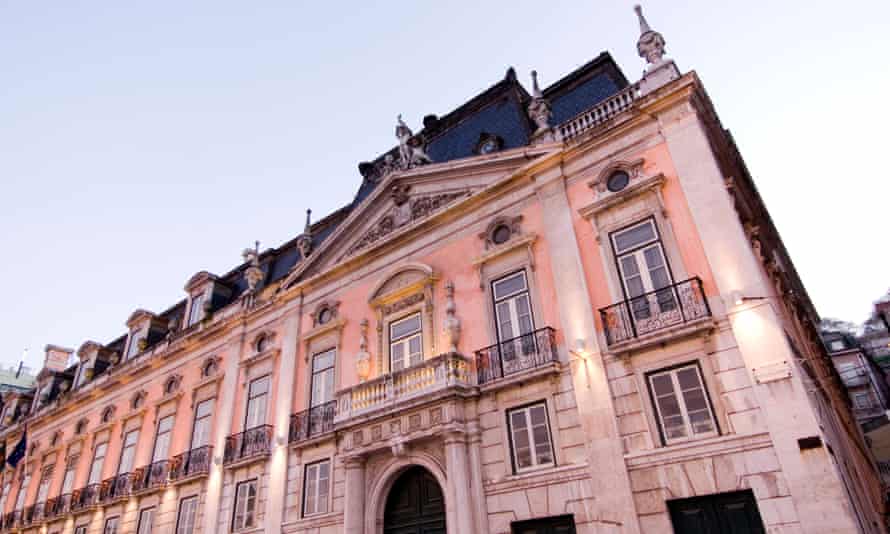
Of all the things we have done in Portugal, our visit to the Palacio Foz is one of the most memorable. Always on the lookout for cheap entertainment, we found a flyer for a free piano concert by the then 17-year-old prodigy Bernardo Santos. Our amazement at the pianist’s skill was equalled by our amazement at the venue – a sumptuous 18th-century gilded and glittering baroque palace, with painted ceilings, marble pillars, multiple mirrors and wrought-iron balustrades. Situated in the main square, its relatively restrained pink exterior gives no hint of the excess within. Apparently the tourist office has now moved in and there are guided tours, but I think our way of visiting was more interesting.
Barbara Forbes
Feast for the senses
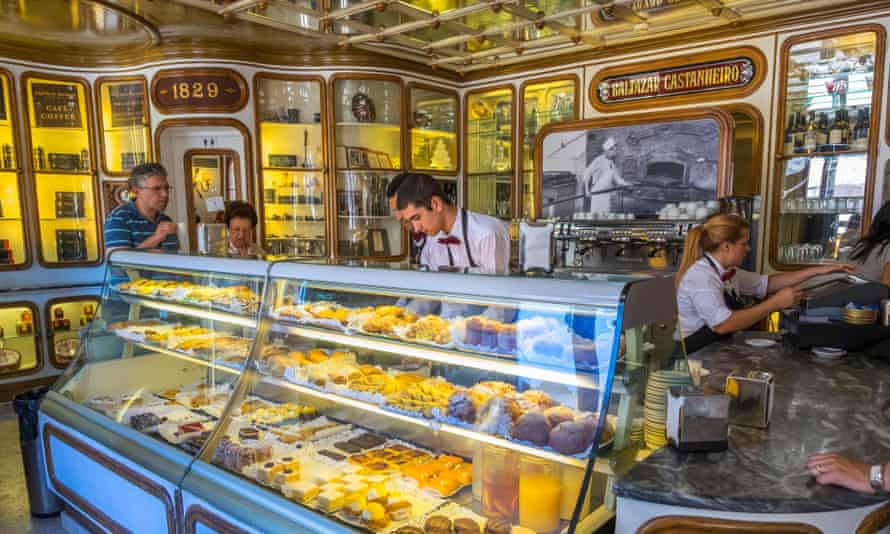
The Confeitaria Nacional, on Praça da Figueira, was established in 1829. In Lisbon’s Baixa district, it provides a feast for the eyes as much as for the stomach, with its gold fittings, marble counter and mirrored ceiling. Confectionery items include pastel de nata (custard tarts) and the shop’s signature Christmas cake, bolo rei. Hidden away up the sweeping mahogany staircase is our favourite lunch stop, popular with locals. We eat in style under chandeliers and stucco ceiling. Local dishes such as cod with creamed vegetables, accompanied by vinho verde, can be savoured for less than the cost of a fast-food burger.
Rod
Profile
Readers’ tips: send a tip for a chance to win a £200 voucher for a Sawday’s stay
Show
Guardian Travel readers’ tips
Every week we ask our readers for recommendations from their travels. A selection of tips will be featured online and may appear in print. To enter the latest competition visit the readers’ tips homepage
–
This bar deserves a medal
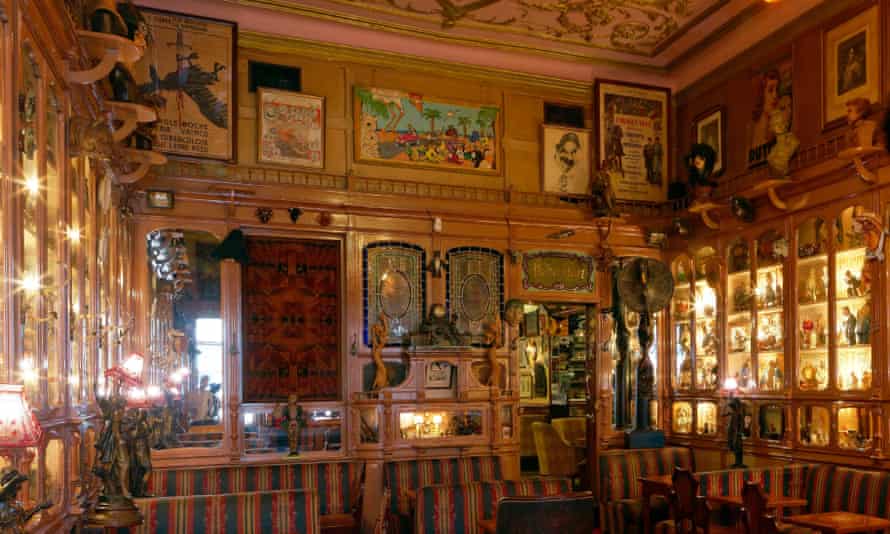
For a truly unique bar I recommend the Pavilhão Chinês in Principe Real (Rua Dom Pedro V, 89/91). Originally a grocery shop bought to house and display a collection of curios, it feels as if you’re going for a drink in a museum. Knock on the door to be personally welcomed by the waiter and admire the five rooms filled with thousands of military artefacts, medals and miniature dolls spanning the past two centuries. The extensive cocktail list is in an erotic art book and there is also a pool table, but the collection takes centre stage and is where your eyes will be drawn.
Ursula Watson
Local brews
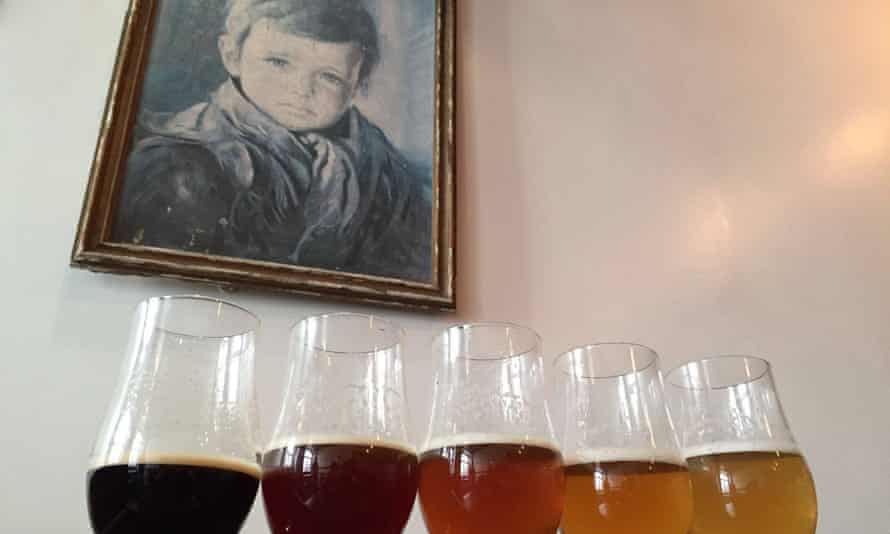
Sample some of Lisbon’s finest locally brewed craft beer at the Duque brew pub. Set on Calçada do Duque, a few minutes’ walk from the Carmo Convent in the Chiado district, Duque offers a regularly updated selection of delicious bottled and draught brews from its onsite microbrewery as well as offerings from across Portugal’s burgeoning craft beer scene, including the distinctive creations of multi-award winner Cervejeira Dois Corvos. Work your way through a flight of taster servings in the stripped-down bar, or watch life in the Chiado go by from a table overlooking the cobbled steps outside.
Louise
Stunning vista
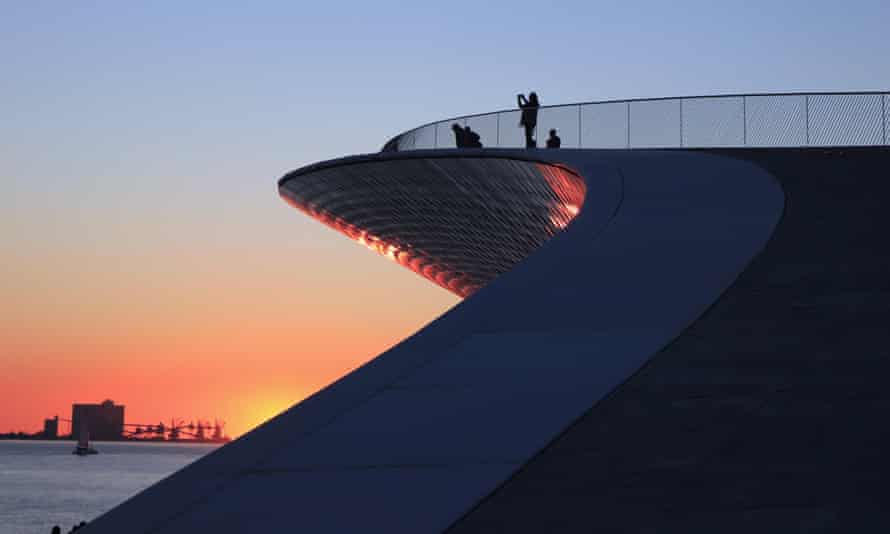
The Unesco Belém Tower, Jerónimos Monastery and Monument to the Discoveries are all brilliant to visit, but if you think you’ve “done” Belém once you’ve seen them, you may be surprised, as we were, to discover several more queue-free delights. The Church of Santa Maria de Belém is stunning (and free). You get panoramic views of the 25 de Abril Bridge and riverfront from the top of the newly opened MAAT, (Museum of Art, Architecture and Technology). Entry on to the huge roof is free and it’s especially spectacular at sunset with the play of light on water and white tiles.
Louise
Caipirinha, Brazilian style
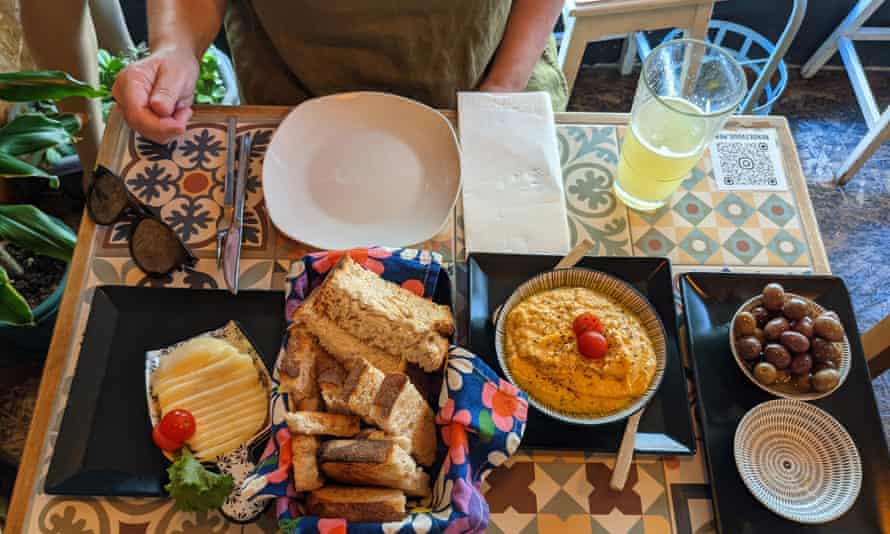
Rendezvous – More than Wine on Rua de São Vicente is the best. Having given up on exploring the Castelo de São Jorge during an unexpected October heatwave we chanced upon this small, friendly oasis. It has great service, delicious food and eclectic decor and we felt pleased with ourselves for making this little discovery. Our tapas lunch was extremely tasty, my homemade limonada was refreshing, but the highlight was the generous caipirinha my son ordered – for €6. The alcohol content was almost visible and, seeing my concerned look, the waitress smiled winningly and just said “Brazilian style”! Our winding walk afterwards down through the beautiful narrow streets of Alfama was greatly enhanced by my son’s ebullient mood.
Sherry Santer
Kong is the king of vegan restaurants
Visiting Portugal as a vegan, I missed out on trying many traditional local dishes. That was until I discovered Kong, an intimate restaurant on Rua do Cruxifixo in central Lisbon that offers meat-free versions of the Portuguese classics. Its reasonably priced menu features vegan renditions of the francesinha, a meat sandwich doused in tomato sauce and cheese, the octopus dish polvo à lagareiro, and sausage croquettes, among others. The place is not to be missed by veggies and vegans, and could even turn the head of a carnivore.
Mains €9.50-€12.50, open Monday-Saturday 12.30pm-10.30pm
Laura Paterson
Park panorama
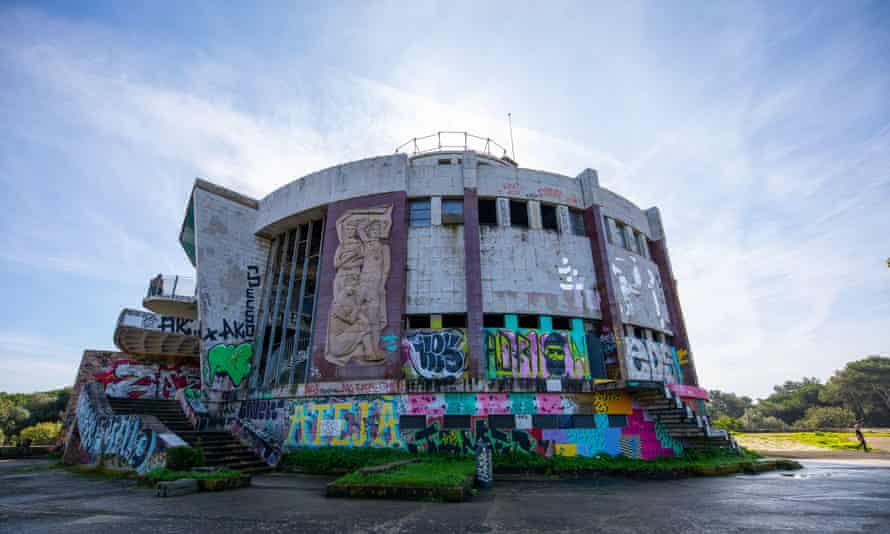
If you’re looking for a sweeping view of Lisbon, it doesn’t get much better than the Panorâmico de Monsanto. Monsanto is a large forested park to the north-west of the city, and if you walk to the highest point you get a 360º view out over Lisbon and the river Tejo. The Panorâmico itself is a huge, round, concrete structure that feels a little like a multi-storey car park, and it has an colourful history: once a successful restaurant, it got into financial difficulties and was abandoned in 2001 and closed off to the public for years. The intrigue around this belvedere – once a pearl of Lisbon, now gathering dust and graffiti – only grew, giving it something of a cult status. The building still contains original artwork, including painted murals by Luís Dourdil, and beautiful ceramic-and-tile panels.
Sadie
Dark history
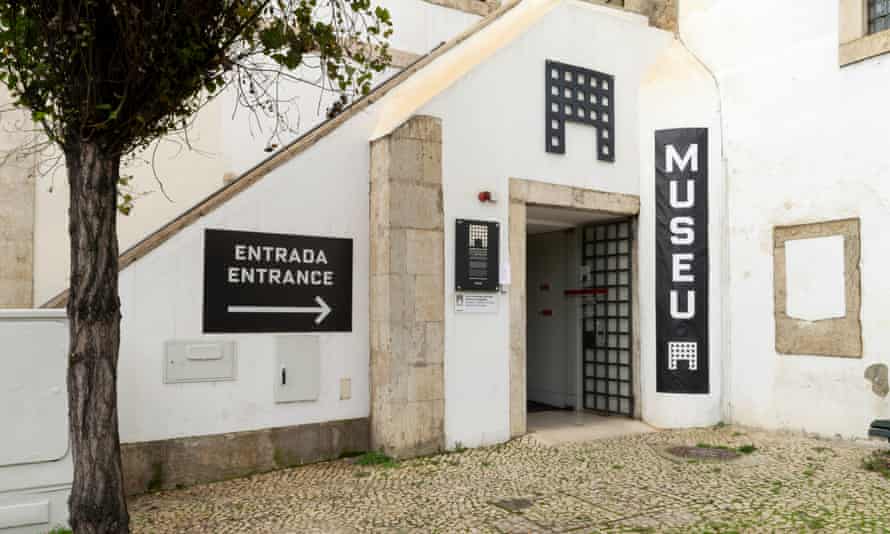
Near the cathedral, the Museu do Aljube, which opened in 2015, sheds a fascinating, if disturbing, light on the life of political prisoners held there during the long dictatorship of António de Oliveira Salazar from 1926-74. You can learn about the role of the secret police and see the torture rooms and isolation cells endured by those incarcerated here. Visitors can experience an underground meeting, where revolutionary pamphlets were tapped out on a typewriter sheathed with a wooden shield to muffle its sound. End on a positive note, viewing the exhibition celebrating liberation on the 25 April 1974.
€3, open from Tuesday to Sunday from 10.00am-6.00 pm
M Ashley



